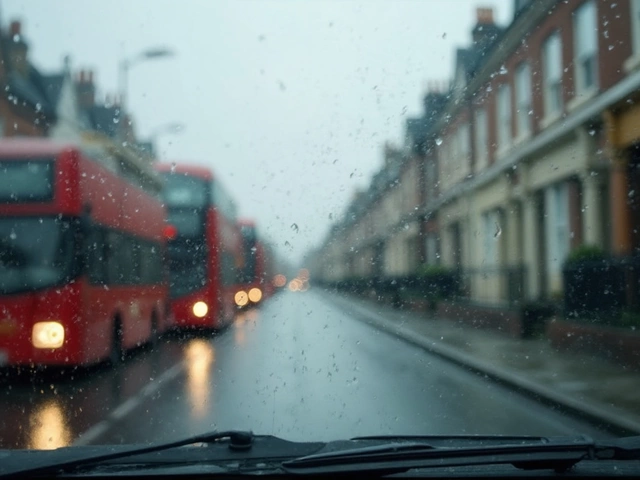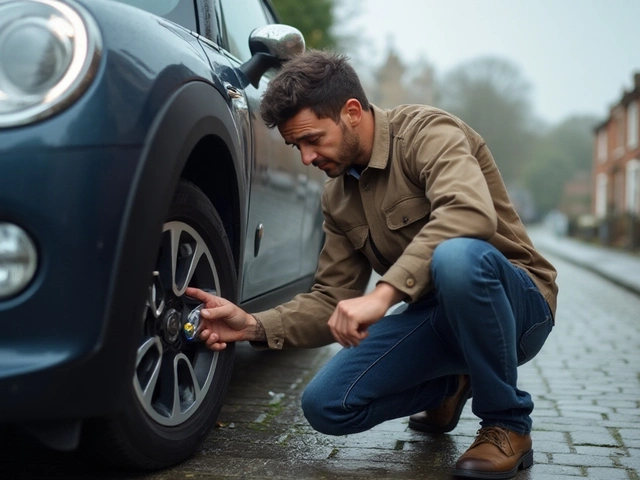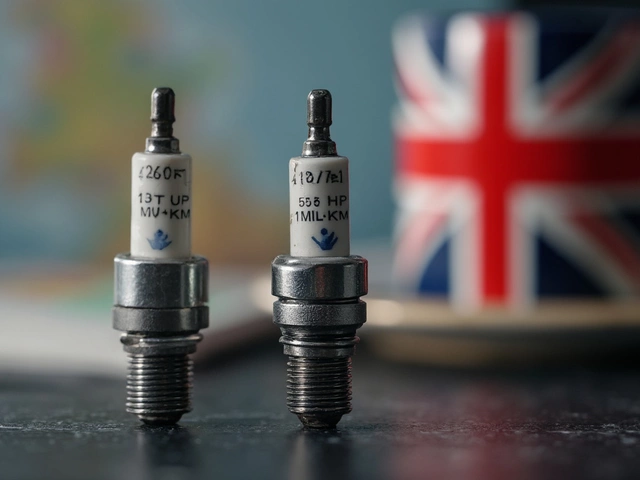Snow Tips for a Safe Winter Drive
Winter can turn a short commute into a tricky ordeal if you’re not ready. The cold, snow, and ice don’t just make roads slippery—they can wear down your tyres, brakes, and battery faster than any other season. Below are the most useful snow tips you can start using today, so you won’t be caught out when the first flurry hits.
Check Your Tyres and Pressure
Tyres are the first line of defense against snow. Make sure you have the right tread depth; anything under 3 mm can’t grip icy patches. If you live in an area with heavy snowfall, consider switching to winter tyres – they stay flexible in low temperatures and give you better control. Even with good tyres, keep an eye on pressure. Cold weather drops tyre pressure by about 1 psi for every 10°F, so a quick check once a week can prevent uneven wear and improve handling.
Brake, Battery, and Fluid Basics
Snow and rain mix to form slush that can get into brake components. Inspect your brake pads for wear and replace them before they get too thin. A soft brake pedal can be a sign of moisture‑filled rotors, and that’s a safety risk. Your battery also takes a hit in the cold; a weak battery may struggle to start your car on frosty mornings. Have it tested if it’s over three years old, and keep the terminals clean. Lastly, swap out regular coolant for a winter‑grade mix – it prevents the engine from freezing and helps the heater work efficiently.
When you’re about to head out, clear all snow and ice from the car’s roof, windows, and mirrors. A quick spray of de‑icer on the windshield can save you from a blurry view, and wiping the roof stops snow from sliding onto other drivers. If you use a remote starter, let the engine warm up for a few minutes; it lets the oil circulate and reduces strain on the engine.
Driving in snow calls for a different mindset. Slow down, increase the distance to the car in front, and avoid sudden steering moves. If you feel the wheels start to slide, ease off the accelerator and steer gently into the direction you want to go. Braking hard can lock the wheels and make you spin out. Using a higher gear can also help keep traction when climbing a hill.
Storing a small emergency kit in your boot is a smart snow tip that pays off. Include a blanket, a few snacks, a flashlight, a shovel, and some sand or kitty litter – they give you traction if you get stuck. A simple phone charger and a spare set of warm gloves are also useful when the temperature drops.
Finally, plan your route. Check local traffic updates for road closures or heavy snowfall areas. If possible, avoid routes that go over bridges or exposed hilltops, as these freeze first and stay icy longer. With these snow tips in place, you’ll feel more confident behind the wheel, and your car will stay healthier throughout the season.
Stay safe, keep your car well‑maintained, and enjoy the winter without worrying about getting stranded.
 8 February 2025
8 February 2025
Should You Flip Up Your Windshield Wipers?
Flipping up your windshield wipers during winter could prevent them from sticking to the glass, but it's not always the best solution. While it can save time in the mornings, there's a risk of damage. Proper car care techniques and understanding your vehicle's needs play a crucial role during chilly months.






0